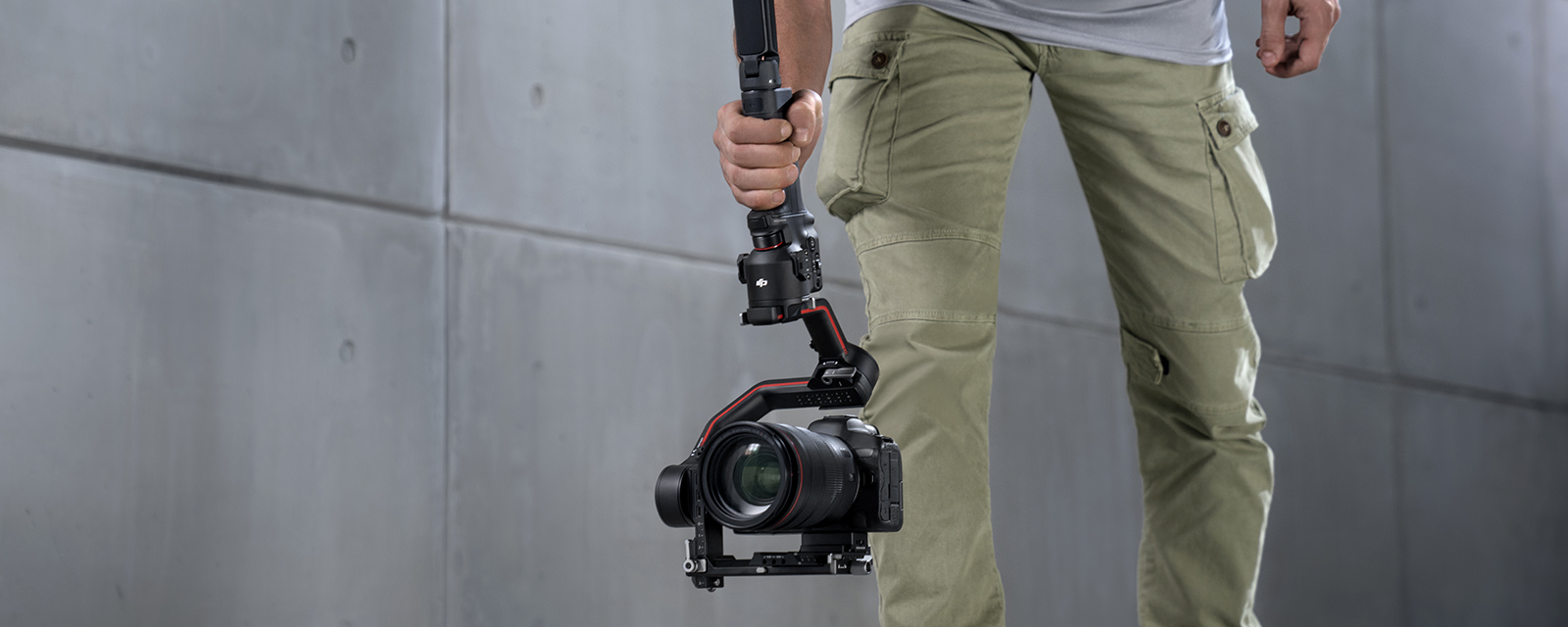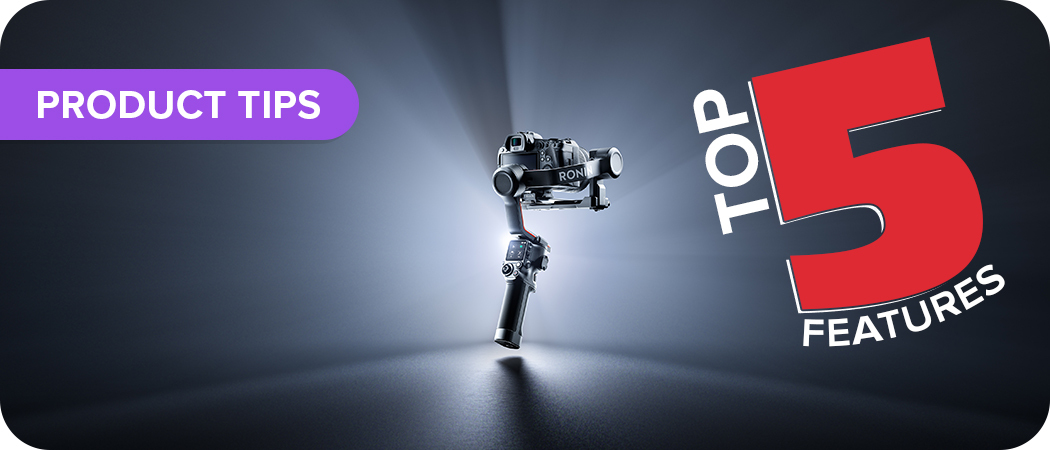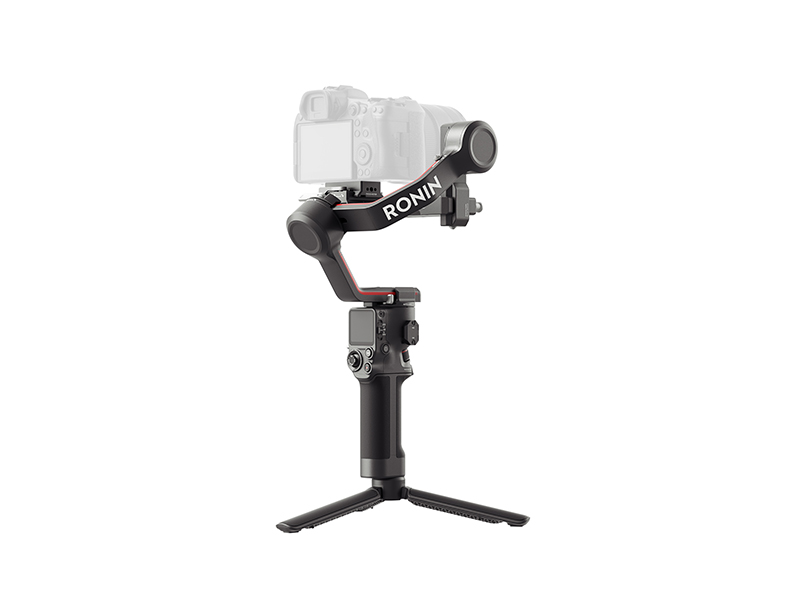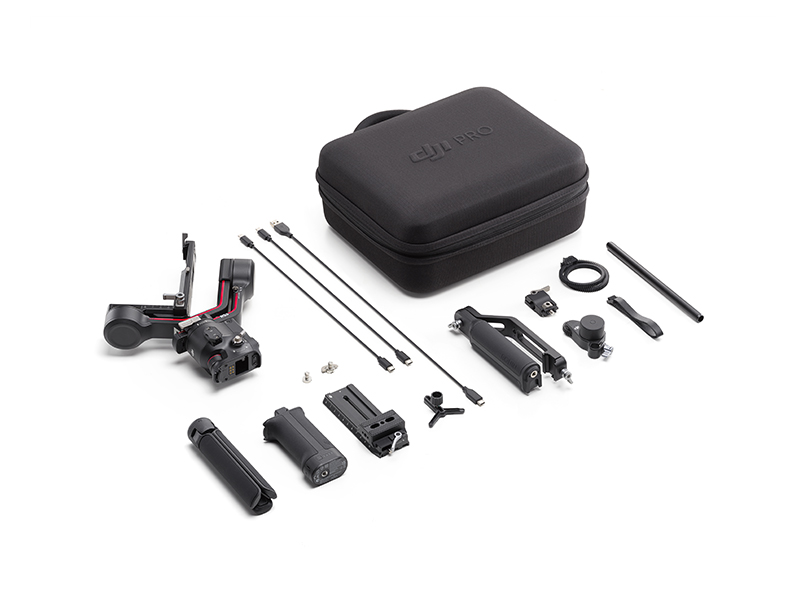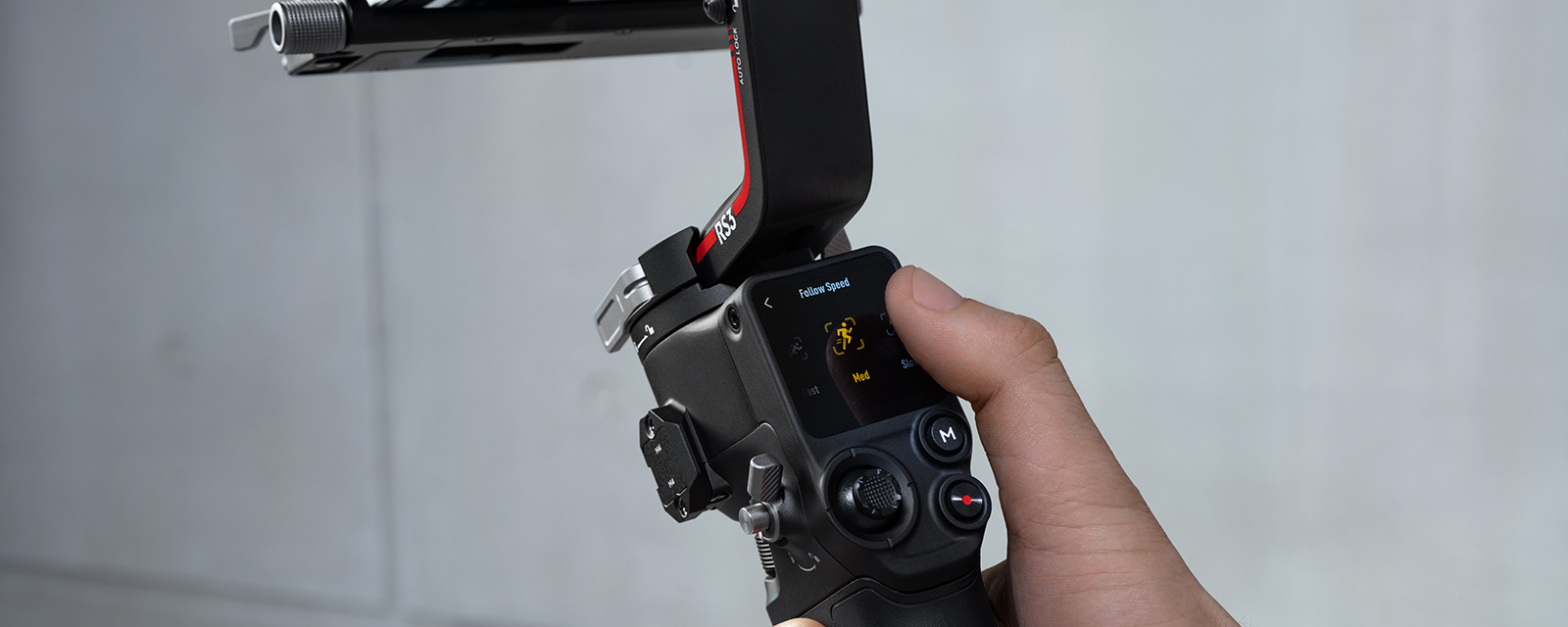DJI has delivered again with the new DJI RS3 gimbal series, an innovative new camera stabiliser system built to deliver industry-leading performance and functionality. Tossing up whether to invest in the new DJI RS3 gimbal? Here are our five favourite reasons to pick one up today.
The new DJI RS3 gimbal and accessories are packed with user-friendly features designed to help you take your videography to the next level. Whether you’re on a professional film set or just love making videos to share on social media, here are five fantastic RS3 features that you’re bound to love.
Ultra-Efficient Design
We all know how stressful it can be to get prepped and ready to shoot when you’re on a busy set with others waiting around for you to get ready and we all hate that feeling. That’s why the DJI RS3 is designed with efficiency in mind.
The RS3 features new automated axis locks that lock and unlock with the power button, allowing you to get started in mere seconds. When you’re done filming, a simple tap of the power button puts the axes into sleep mode, folding down to make transportation quick and easy.
The DJI RS3 also adds to the efficiency with wireless shutter control, allowing users to pair their camera with the DJI RS3 just once before automatically connecting via Bluetooth for all future uses. And of course, we can’t forget the addition of an instant mode switching toggle that allows you to quickly switch between Pan, Pan and Tilt or FPV operating modes.
Read More: Is the DJI RS3 Combo Worth It?
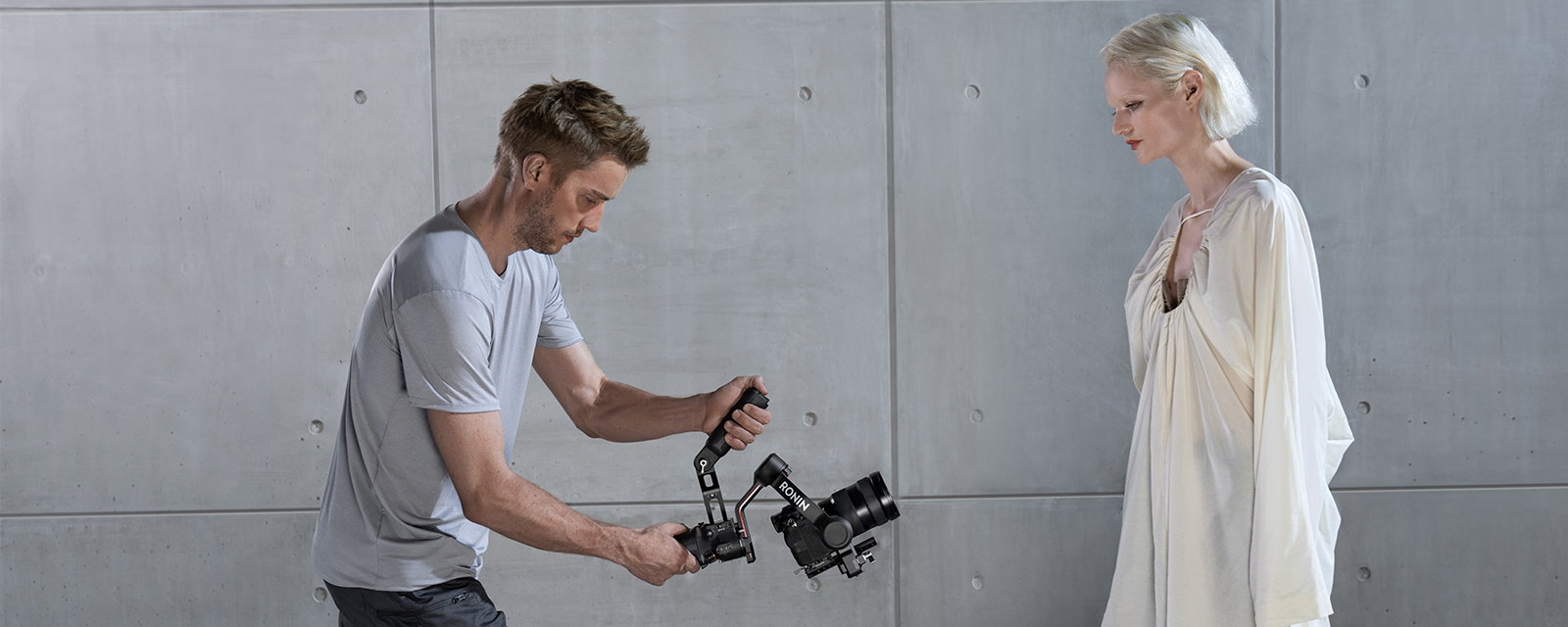
It’s Smooth… SuperSmooth
Powered by the third-generation DJI RS stabilisation algorithm, the DJI RS3 is the smoothest RS gimbal to date, delivering a 20% increase in stability compared to the already industry-leading stability of the previous generation Ronin gimbals.
But that’s not all, DJI RS3 takes things to the next level with SuperSmooth mode, a new stabilisation algorithm that can be triggered to deliver more gimbal motor torque resulting in even greater stabilisation. This mode is perfect when capturing close-up images using narrower focal length lenses.
1.8” OLED Touchscreen
Users loved the convenience and accessibility of the 1” LCD touchscreen display introduced on the previous-generation DJI RS2 gimbal, which is exactly why it’s back! Not only has DJI brought back a touchscreen on the new RS3, it's now bigger and better than before. The new RS3 sports a bigger, 1.8” OLED touchscreen that maximises the space available on the Ronin gimbal. This new colour touchscreen makes accessing your Ronin gimbal controls and setting easier than ever, with intuitive touch and gesture controls that can be accessed whilst you operate. With 1.8” of screen real estate, this improved touchscreen menu is accessible even when you’re operating with just a single hand.
Read More: DJI Ronin Series Comparison Guide | DJI RS3 Pro vs RS3 vs RS2 vs RSC2
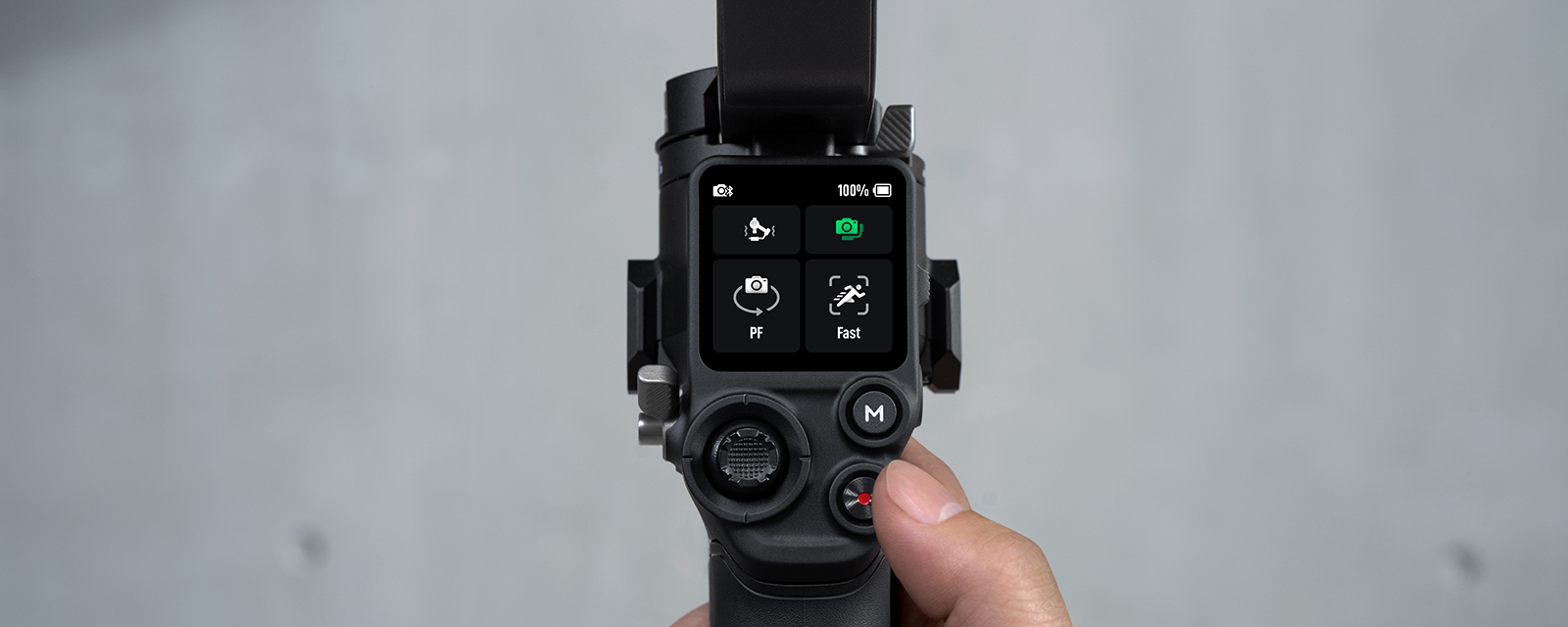
Wide Camera Compatibility
With a super-strong motor system that supports payloads up to 3KG in weight, the DJI RS3 can support a wide variety of mirrorless cameras and lighter DSLR cameras used by professionals across the industry. If you’re upgrading from the DJI Ronin-SC or the DJI RSC2, any camera setup you used on these gimbals should work flawlessly with the new RS3.
So what cameras are supported you ask? Here’s a quick rundown of some of the most popular camera models used with the RS3.
This includes the Sony Alpha series (Sony A7 III, A7 IV and A7S III), Canon EOS R series (Canon R5, R6, R7 and R10), Nikon Z series (Nikon Z50, Z5, Z6 and Z7) and Fujifilm X series (Fujifilm X-E3, X-T4, X100V).
Popular setups include:
- Canon R5 + RF 24-70mm F/2.8
- Sony FX3 + FE 24-70mm F/2.8
- Sony A7 IV + FE 24-70mm F/2.8
- Nikon Z 6II + Z 24-70mm F/2.8
- Fujifilm X-T4 + X 16-55mm F/2.8
- Panasonic GH6 + M4/3 12-60 mm F/2.8-4.0
Check here for the full list of DJI RS3 compatible cameras and lenses.
Read More: Introducing DJI RS3 Pro: Nothing Out of Reach
